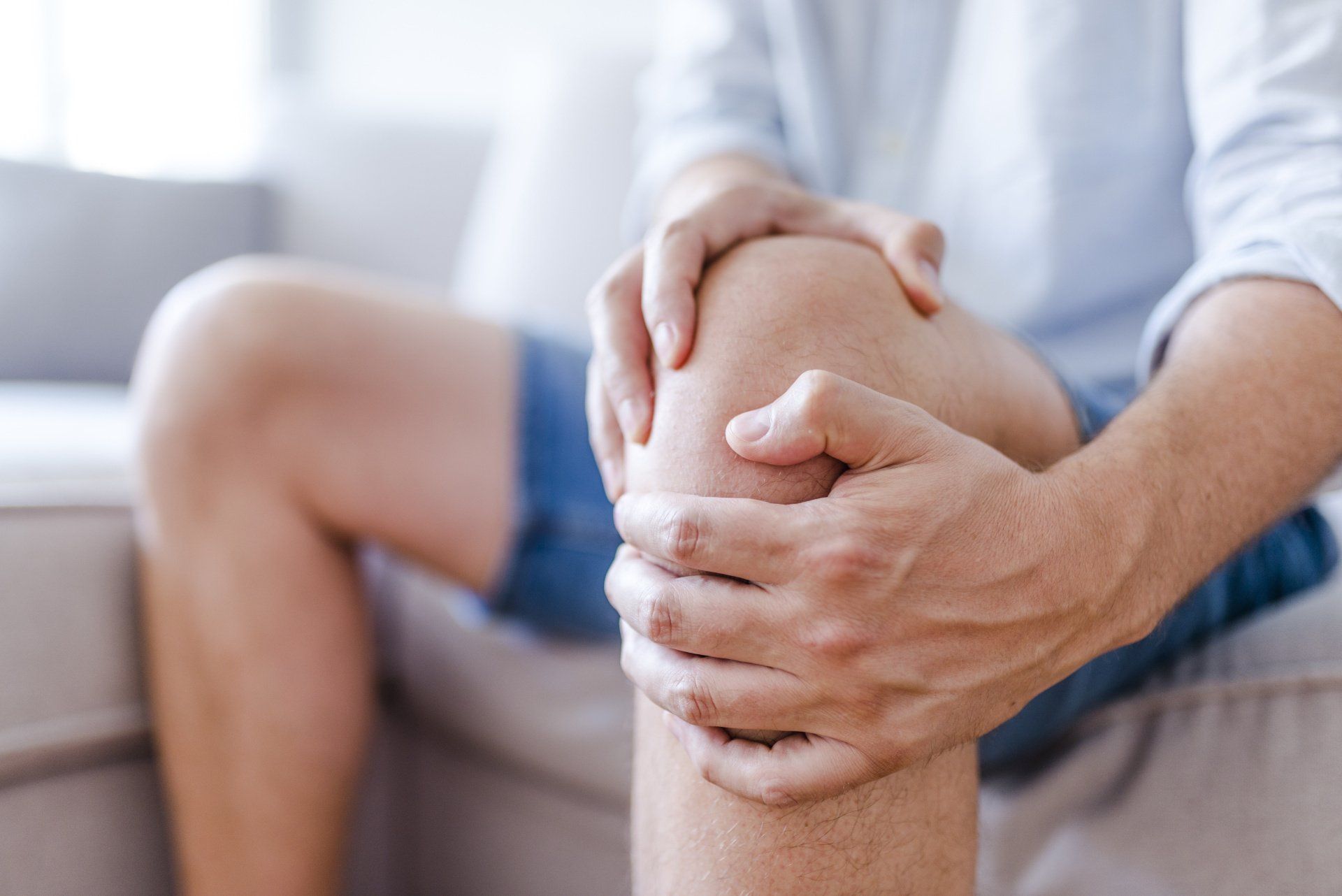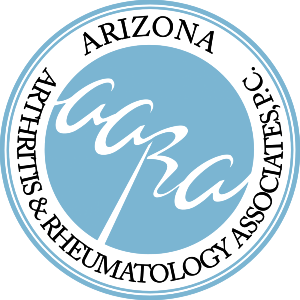Diseases

Osteoarthritis
Osteoarthritis, not surprisingly, is referred to as the “wear and tear” type of arthritis since it will likely occur in all of us who tread long enough on this planet with gravity or who have had repeated injury or stress on our joints. This idea also helps conceptually to distinguish osteoarthritis from inflammatory types of arthritis such as rheumatoid arthritis, psoriatic arthritis, ankylosing spondylitis and lupus arthritis, to mention a few. Cartilage is a substance (you’ve seen that pearly smooth material on the ends of chicken bones) that protects our bones where they connect with each other to make a movable joint. As the structure of cartilage fails, stresses are transferred directly to bone. The silky smooth joint interface is then lost. The bone responds to more direct stress by thickening and at some point the joint begins to hurt.
Although the concept is useful, it is a bit of an oversimplification, since there is a strong genetic component to osteoarthritis that is revealed in the big differences among individuals and families in the rate of degeneration of protective cartilage in our joints over the years. While there is no question that obesity is a risk factor for advancing osteoarthritis particularly in the hips, knees and lower back, we sometimes see lightweight, dainty ladies who have probably never broken a real sweat come in with end-stage osteoarthritis requiring joint replacement to maintain the ability to walk. There is a familial type of osteoarthritis that occurs commonly in the small joints of the fingers that is genetically programmed to progress regardless of hand activity.
Medical science understands a lot about the mechanism of cartilage metabolism and degeneration, but hasn’t yet discovered a way to stop the degenerative process or to make us re-grow new “original equipment” cartilage. Despite the genetic observations, management of osteoarthritis begins with prevention, or as we call it, joint protection. Wearing proper supportive foot wear as well as all the available protective gear for sports and work, using proper body mechanics with lifting, maintaining normal body weight and avoiding carelessness that results in joint injury all make a difference.
Many modalities are in medical use to help people deal with the symptoms of osteoarthritis and to remain active. These include exercise and strength maintenance, pain medications, joint injections of corticosteroids or biological lubricants, supportive devices for joints and walking aids. Arizona Arthritis and Rheumatology Associates participate regularly in clinical trials of new medications or devices for osteoarthritis and people are encouraged to consider these studies among the available options. Surgical interventions by orthopedists including arthroscopy or joint replacement are appropriate for some folks with osteoarthritis.
Business Hours
- Mon - Thu
- -
- Fri - Sun
- Closed
Emergency: 24/7
Contact Us
Contact Us
We will get back to you as soon as possible.
Please try again later.
Having a Medical Emergency?
Please call 911.
New Patient Inquiries:
Click Here
Existing Patients:
Click Here
Scheduling:
(480) 443-8400
Fax: (480) 443-8697
© 2020 Arizona Arthritis & Rheumatology Associates, P.C. | All Rights Reserved


